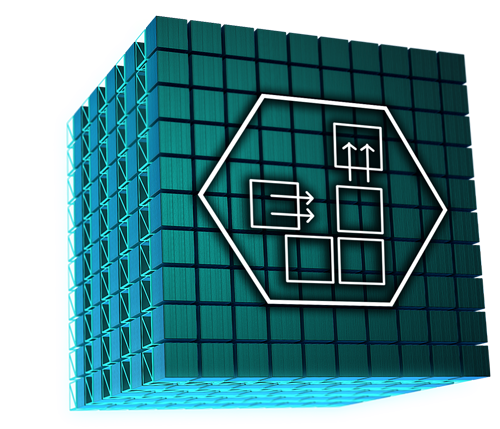Block Storage
Traditional Hardware Storage
The Block Storage service (cinder) in OpenStack. Because these volumes are persistent, they can be detached from one instance and re-attached to another instance and the data remains intact.
The Block Storage service supports multiple back ends in the form of drivers. Your choice of a storage back end must be supported by a block storage driver.
Most block storage drivers allow the instance to have direct access to the underlying storage hardware’s block device. This helps increase the overall read/write IO. However, support for utilizing files as volumes is also well established, with full support for NFS, GlusterFS and others.
These drivers work a little differently than a traditional block storage driver. On an NFS or GlusterFS file system, a single file is created and then mapped as a virtual volume into the instance. This mapping and translation is similar to how OpenStack utilizes QEMU’s file-based virtual machines stored in /var/lib/nova/instances.












